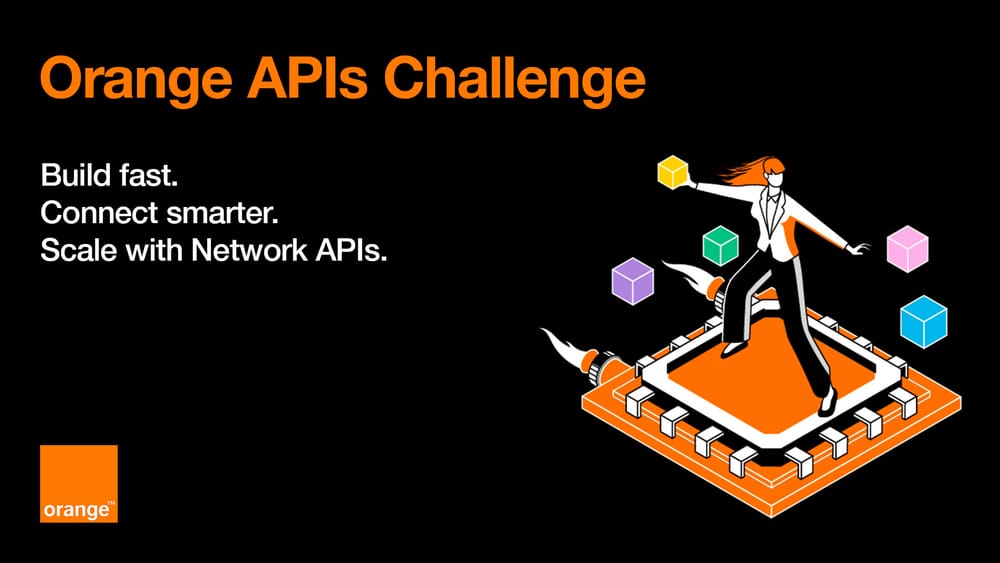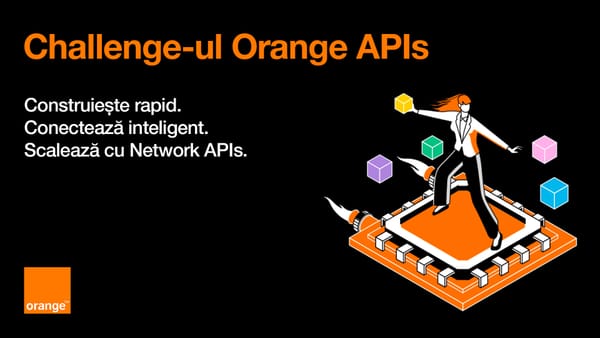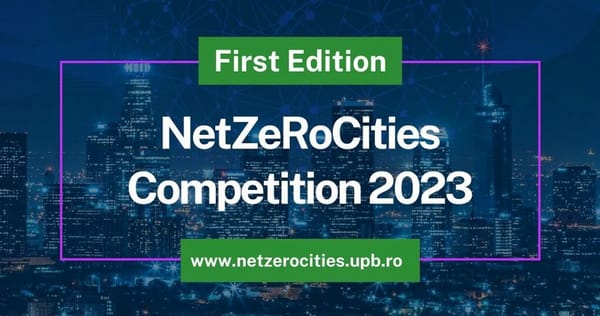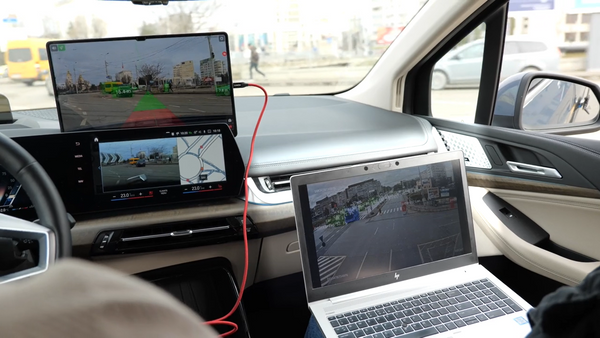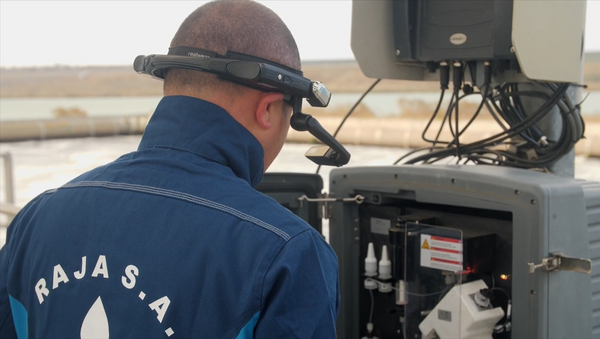Starting from July 2025 the Bucharest and Iasi 5G Labs are hosting the needed infrastructure allowing for experimentation with cellular network-enabled APIs, developed and standardized based on the CAMARA open-source project guidelines. The experimentation can take place in two scenarios — using the API playground space (emulated environment) or the sandbox environment (5G Lab network) — through the Orange Developer portal. Commercial availability of the APIs in Romania will follow in the coming years.
Available APIs
The following Network APIs are currently available for testing within the Orange 5G Lab facilities:
- SIM Swap – know if a SIM card has been changed in a terminal recently, helping to detect fraud and to protect logins or transactions.
- KYC (Know Your Customer) Match – confirm a user's identity by matching their details with verified mobile operator data, helping reduce identity thefts.
- Geofencing – detect when a device enters or leaves a specific area, sending instant alerts to enable real-time tracking and safety actions.
- Device Location Verification – confirm if a device is inside or outside a specific area for location-based services.
- Device Reachability Status – check if a mobile device is currently connected to the network (via data, SMS, or not at all).
- Quality on Demand – temporarily boost network performance (bandwidth/latency) for specific app tasks, ensuring seamless user experiences during high-demand scenarios like streaming or gaming.
- Population Density Data – see how crowded a place is using anonymized mobile network data, improving planning and targeting for marketing, transportation, and urban development.
CAMARA project
CAMARA is the open-source, Linux-Foundation project that GSMA selected as the reference implementation layer for its Open Gateway program, bringing a harmonized set of north-bound Network APIs to the telecom industry. Currently CAMARA offers 38 mature, rigorously vetted APIs—13 of them brand-new—grouped under capabilities such as Device Reachability, Location Verification, Quality-on-Demand (QoD) and Population Density Data. The release also refreshes its design guidelines with a tighter security & interoperability profile, richer event/notification patterns and clearer error semantics, giving developers a uniform, OpenAPI-described contract that is free to use under Apache 2.0.
While the 3GPP Network Exposure Function (NEF) already exposes raw 5G core interfaces, CAMARA layers a developer-friendly approach on top, abstracting network jargon and aligning with CAPIF so that an application can request a QoD boost or verify a SIM swap through a simple REST call and an OAuth 2 token. By standardizing these semantics across operators, CAMARA removes fragmentation and lets a solution built in Bucharest run unchanged on another operator’s network.
Orange Romania has embedded a full CAMARA-compliant NEF stack inside its 5G Labs. Through the Orange Developer portal, local innovators could pilot production-grade APIs such as SIM Swap, Number Verification, QoD and Population Density Data, or explore these concepts in the dedicated Network APIs Playground.
ETSI OpenOP
Orange Romania is a founding member of ETSI’s SDG OpenOP, the new Software Development Group charged with producing an open-source reference implementation of the GSMA Operator Platform and, by extension, a carrier-neutral federation layer for 6G testbeds. Created in May 2025 and born out of the SUNRISE-6G Horizon Europe research project, OpenOP brings together eight founding organizations alongside Orange Romania — Intracom Telecom, Athena-ISI, Motorola Mobility, OTE, Eurecom, Fraunhofer FOKUS and i2CAT — under ETSI’s neutral governance model. The group’s mandate is to give researchers, start-ups and operators a shared, non-commercial sandbox in which to trial next-generation capabilities across verticals such as Industrial IoT, automotive, e-health and smart agriculture, using harmonized APIs rather than vendor-specific toolchains.
Technically, OpenOP positions itself as a north-south broker: north-bound it reuses the GSMA Operator Platform specifications for federation and, crucially, exposes Linux Foundation CAMARA Network APIs (e.g., Quality-on-Demand, Device Location, Number Verification) so that developers can call a 6G-era service in exactly the same way they call an 5G service today. South-bound, the stack is designed to plug into Kubernetes clusters, 3GPP Network Exposure Functions, ETSI Multi-access Edge Computing platforms and NFV orchestrators, giving the platform a clear path from research prototype to production deployment. This alignment with CAMARA not only guarantees API consistency across operators but also allows features validated in testbeds such as the Orange 5G Labs to be “lift-and-shifted” into any OpenOP-compliant 6G sandbox without code changes.
Orange Romania contributes both infrastructure and expertise — our Telco Cloud & Service Platforms Manager, Marius Iordache, is part of the project’s Technical Steering Committee, overseeing the cloud-native architecture and ensuring interoperability with Orange’s commercial 5G SA core and NEF deployments in the 5G Labs and commercial networks.
By pairing its operational experience in CAMARA-enabled NEF exposure with OpenOP’s open-source codebase, Orange helps the community validate end-to-end API flows — from an application request arriving at a federated portal, through CAMARA abstraction, down to the NEF and edge resources that enforce QoS in real time. In practical terms this means that Romanian start-ups already prototyping CAMARA calls in the Orange 5G Labs will find an identical contract waiting for them in the forthcoming 6G testbed federation, shortening their path from demo to cross-operator rollout.

